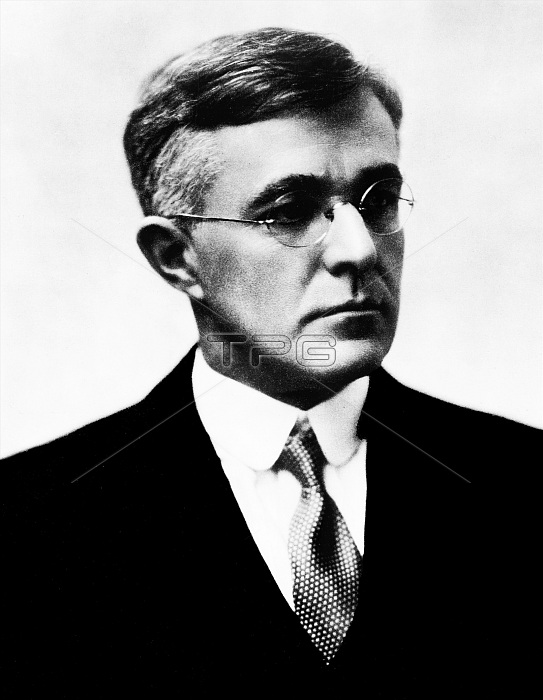
Irving Langmuir ( January 31, 1881 - August 16, 1957) was an American chemist and physicist. His initial contributions to science came from his study of light bulbs. His first major development was the improvement of the diffusion pump, which ultimately led to the invention of the high-vacuum tube. A year later, he and colleague Lewi Tonks discovered that the lifetime of a tungsten filament was greatly lengthened by filling the bulb with an inert gas, such as argon. He also discovered that twisting the filament into a tight coil improved its efficiency. These were important developments in the history of the incandescent light bulb. He introduced the concept of electron temperature and in 1924 invented the diagnostic method for measuring both temperature and density with an electrostatic probe, now called a Langmuir probe and commonly used in plasma physics.Following World War I Langmuir contributed to atomic theory and the understanding of atomic structure by defining the modern concept of valence shells and isotopes. He was awarded the 1932 Nobel Prize in Chemistry for his work in surface chemistry. He was the first industrial chemist to become a Nobel laureate. During World War II, Langmuir worked on improving naval sonar for submarine detection, and later to develop protective smoke screens and methods for deicing aircraft wings. He died from a heart attack in 1957 at the age of 76. His obituary ran on the front page of The New York Times.
| px | px | dpi | = | cm | x | cm | = | MB |
Details
Creative#:
TOP22155246
Source:
達志影像
Authorization Type:
RM
Release Information:
須由TPG 完整授權
Model Release:
No
Property Release:
No
Right to Privacy:
No
Same folder images:

 Loading
Loading